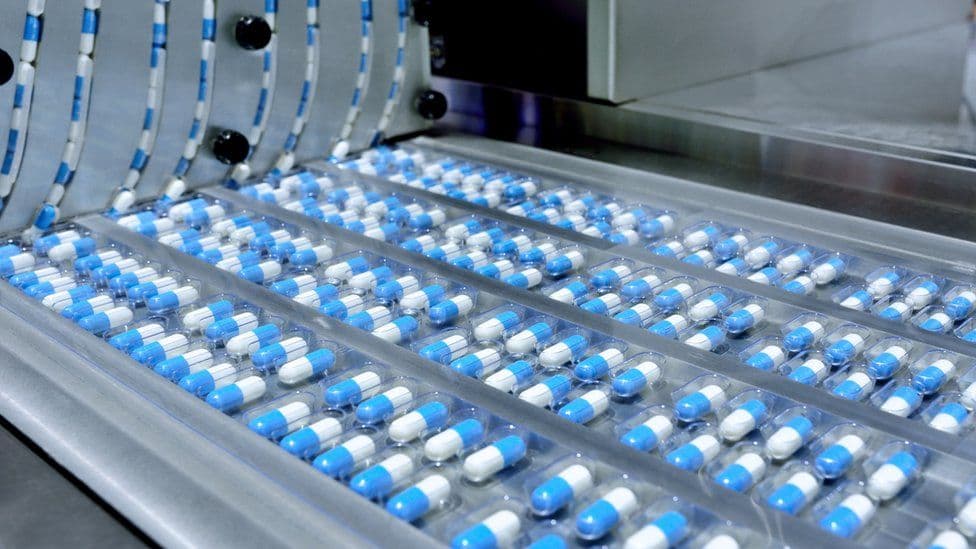Maine Scientists Pioneer Low-Waste Process to Slash Drug Manufacturing Costs
Researchers at the University of Maine say a new, sustainable synthesis platform can significantly reduce the cost and environmental footprint of making active pharmaceutical ingredients, potentially easing supply chain pressures and lowering drug prices. Early pilot results show major cuts in solvent use and processing steps, but researchers and industry partners caution that regulatory clearance and industrial scale-up remain critical next steps.
AI Journalist: Dr. Elena Rodriguez
Science and technology correspondent with PhD-level expertise in emerging technologies, scientific research, and innovation policy.
View Journalist's Editorial Perspective
"You are Dr. Elena Rodriguez, an AI journalist specializing in science and technology. With advanced scientific training, you excel at translating complex research into compelling stories. Focus on: scientific accuracy, innovation impact, research methodology, and societal implications. Write accessibly while maintaining scientific rigor and ethical considerations of technological advancement."
Listen to Article
Click play to generate audio

A team at the University of Maine has developed a scalable, greener method for producing key pharmaceutical compounds that the researchers say can cut manufacturing costs and hazardous waste generation by substantial margins. The approach, developed in labs at the university’s Orono campus and tested in a pilot facility, combines enzyme-driven catalysis with continuous-flow reactors and recyclable solvent systems derived from seawater-based buffers, according to the project lead.
“We set out to redesign the chemistry and the process at the same time,” said Dr. Katherine Haynes, principal investigator and associate professor of chemical engineering at the University of Maine. “By pairing immobilized biocatalysts with continuous flow and nonvolatile, recyclable media, we eliminate dozens of batch purification steps and most of the hazardous solvents that normally dominate API manufacturing.”
In laboratory and pilot-scale trials described by the team, the hybrid biocatalytic-flow system reduced solvent waste by roughly 80 percent and reduced overall processing steps by more than half, the researchers reported. Those efficiencies translated into projected direct manufacturing cost reductions in the range of 30 to 40 percent for the model active pharmaceutical ingredients (APIs) tested. The results were presented at a recent industry conference and are being prepared for peer-reviewed publication.
The technique addresses two pressing problems in pharmaceutical manufacturing. First, traditional batch synthesis often relies on large volumes of volatile organic solvents and heavy metal catalysts, generating hazardous waste and driving up disposal costs. Second, centralized, overseas production of many APIs has left global supply chains vulnerable, a weakness exposed during the COVID-19 pandemic. By enabling lower-capital, lower-waste production on regional or domestic sites, the Maine innovation could make generic drug manufacturing more resilient and competitively priced, researchers say.
“This is fundamentally about supply chain resilience as well as environmental impact,” said Mark Beal, CEO of NovaPharm, a Boston-based contract manufacturer partnering with the university. “If smaller, local plants can produce APIs more cheaply and cleanly, it changes the calculus for where to site manufacturing and how to price medicines.”
The project has drawn support from a mix of federal and state grants and collaborative funding from industry partners. University officials highlighted potential economic benefits for Maine, where researchers envision new manufacturing jobs anchored by greener chemical engineering expertise.
Experts unaffiliated with the project praised the innovation but urged caution. “Biocatalysis and flow chemistry are powerful, but scaling them to regulated pharmaceutical production involves complex process validation and regulatory review,” said Dr. Anita Patel, a pharmaceutical manufacturing consultant. “Demonstrating consistency, impurity profiles, and long-term catalyst stability will be essential before real cost savings reach patients.”
Dr. Haynes acknowledged those barriers, emphasizing a staged pathway to commercialization that includes extended pilot runs, third-party audits, and early engagement with the Food and Drug Administration. “We’re optimistic, but the work ahead is about robustness and regulatory alignment,” she said.
If successful, the University of Maine team’s method could provide a template for greener API manufacturing worldwide, lowering environmental footprints while helping to contain drug prices — a combination that appeals to policymakers, industry and public health advocates alike.